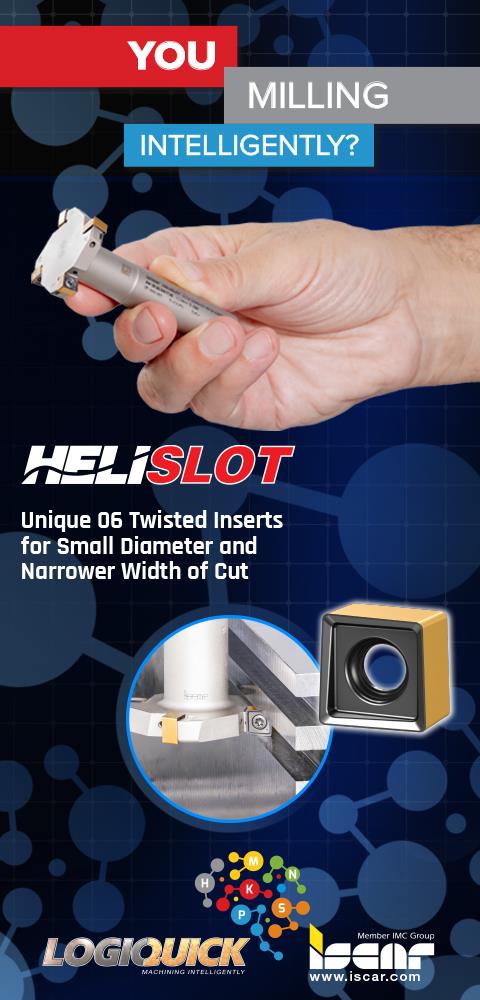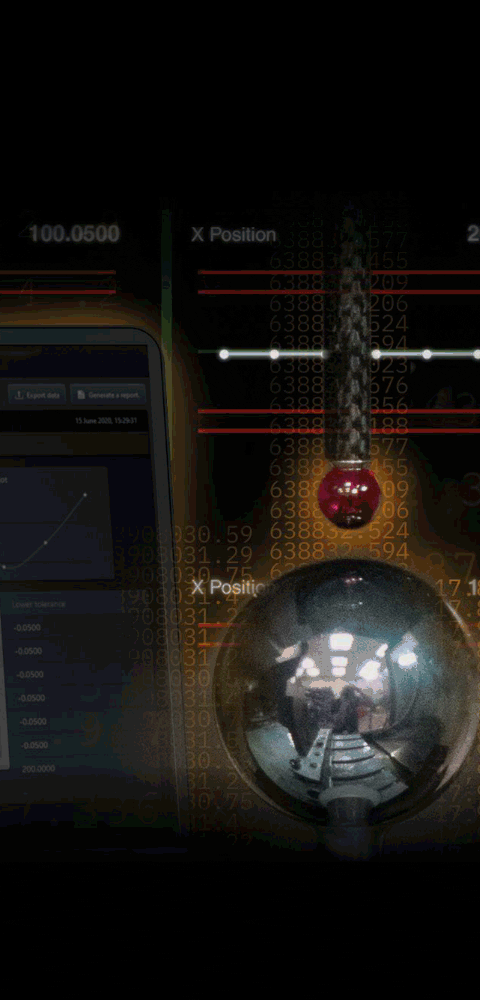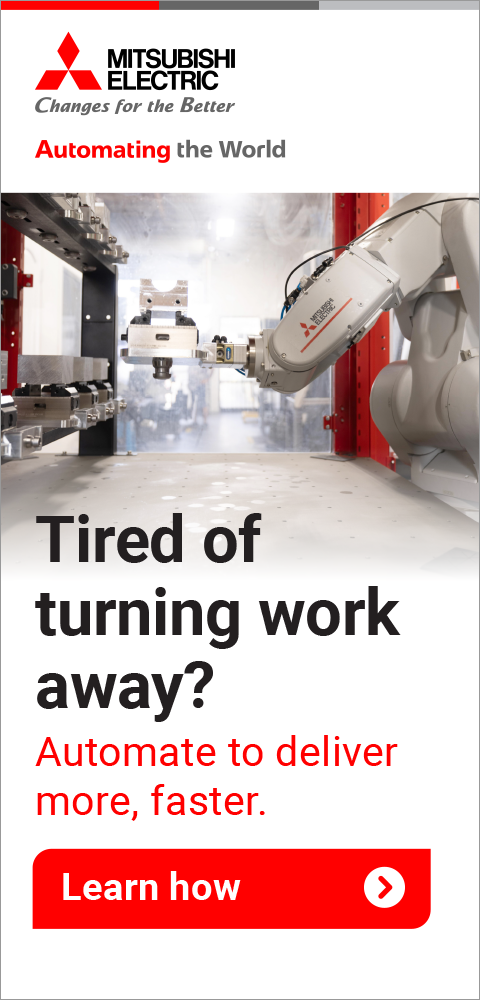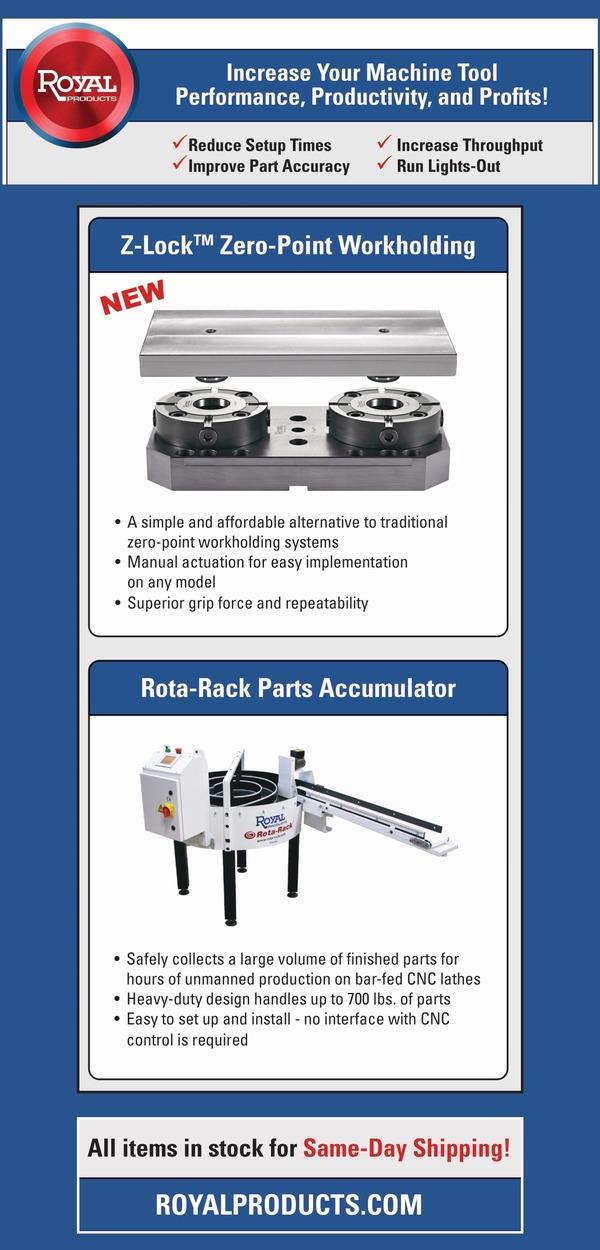








Electro-Erosion Metal Removal Method Cuts Through Alloys
January 1, 2017
Scott Walker, President of Mitsui Seiki USA, recently spoke about the revolutionary Blue Arc machining process that, according to GE Reports, "cuts through titanium like a hot knife through butter." GE partnered with Mitsui Seiki to develop a 5-axis horizontal machining center with a Blue Arc head attached that is built in Mitsui's headquarters in Japan, just outside of Tokyo. GE has the prototype machine in its global research facility in Van Buren Township and the system is ready for testing by interested companies.
Blue Arc is an electro-erosion metal removal method and represents the fastest way to rough cut extremely tough alloys, such as aerospace-grade titanium and nickel alloys. Using high amperage, low voltage electrical energy, sparks and heat are created between the electrode tool and the workpiece. During sparking electrical arcing activity, portions of the workpiece are melted and the molten material is quickly flushed away with a high-pressure system. The process uses very low force, permitting higher feeds and speeds. According to both companies, Blue Arc is about four to five times faster than conventional machining of these super tough materials.
The prototype Mitsui Seiki Blue Arc machine is a hybrid; it can perform both Blue Arc and conventional machining in the one platform. In operation, the Blue Arc process conducts all of the roughing operations, the head is removed with a dedicated robot and a conventional multiple-point cutting tool is put in its place to perform the finishing operations.
Because of Blue Arc's low forces, the process can eliminate a high-powered, high torque machine tool as well as highly engineered cutting tools and replace them with a smaller, less rigid machine and a simple electrode tool. The process is ideal for difficult to reach deep cuts and very thin cuts for applications in aerospace, power generation and automotive.
For more information contact:
Scott Walker, President
Mitsui Seiki USA, Inc.
563 Commerce Street
Franklin Lakes, NJ 07417
201-337-1300
info@mitsuiseiki.com
www.mitsuiseiki.com
< back